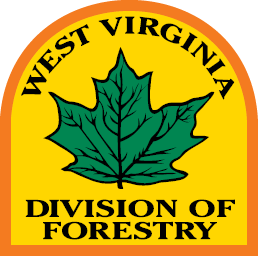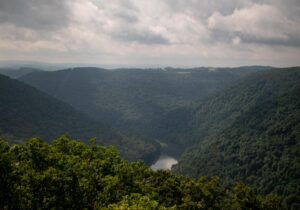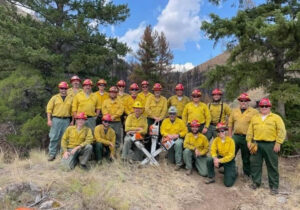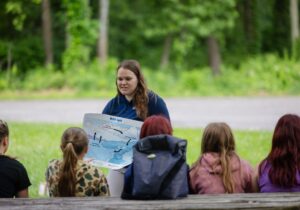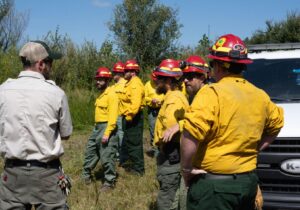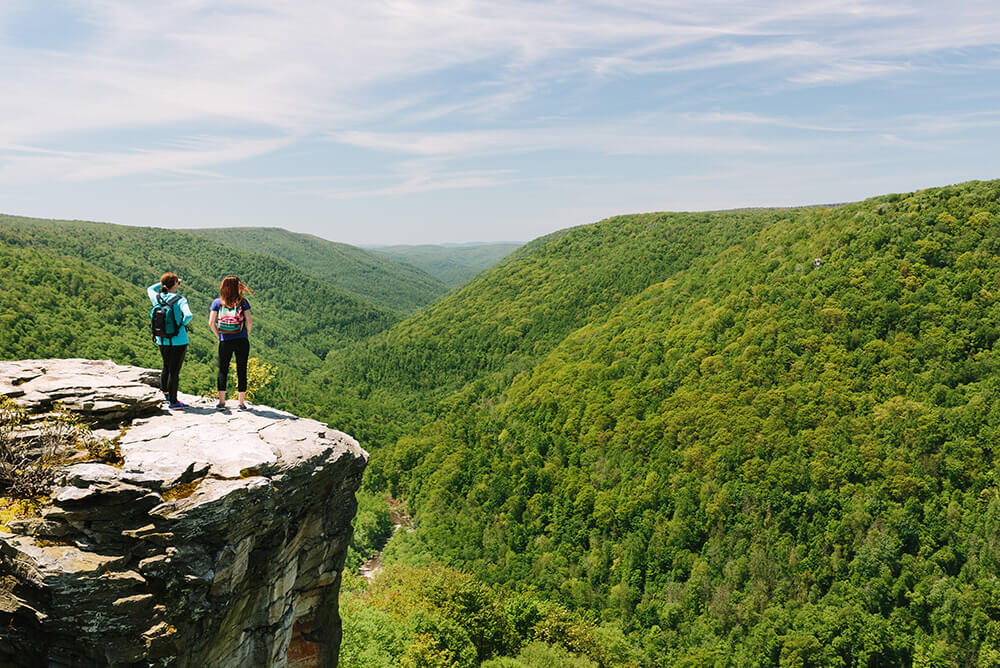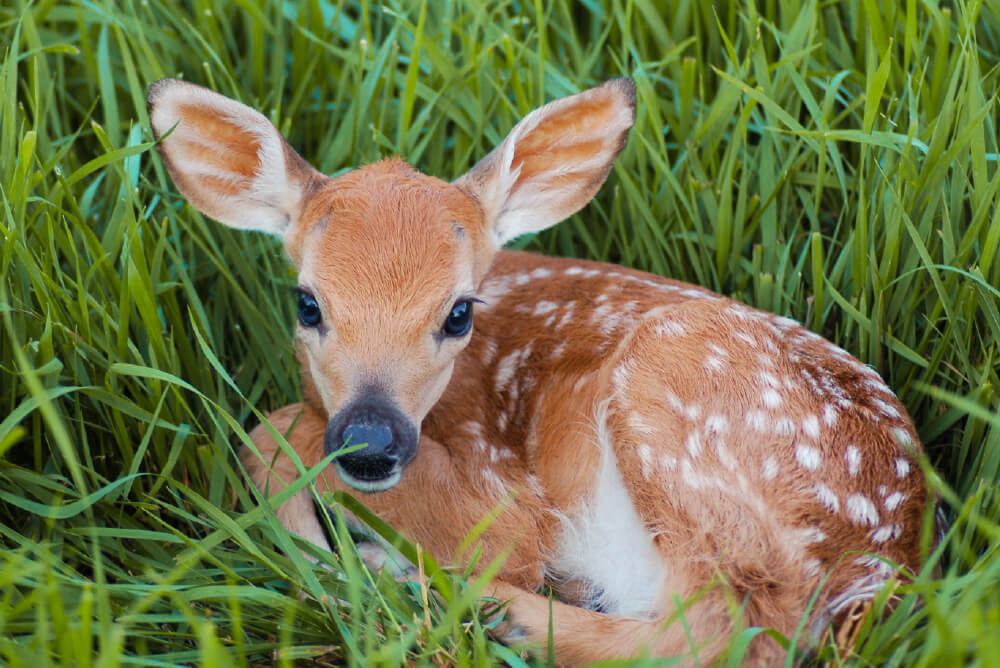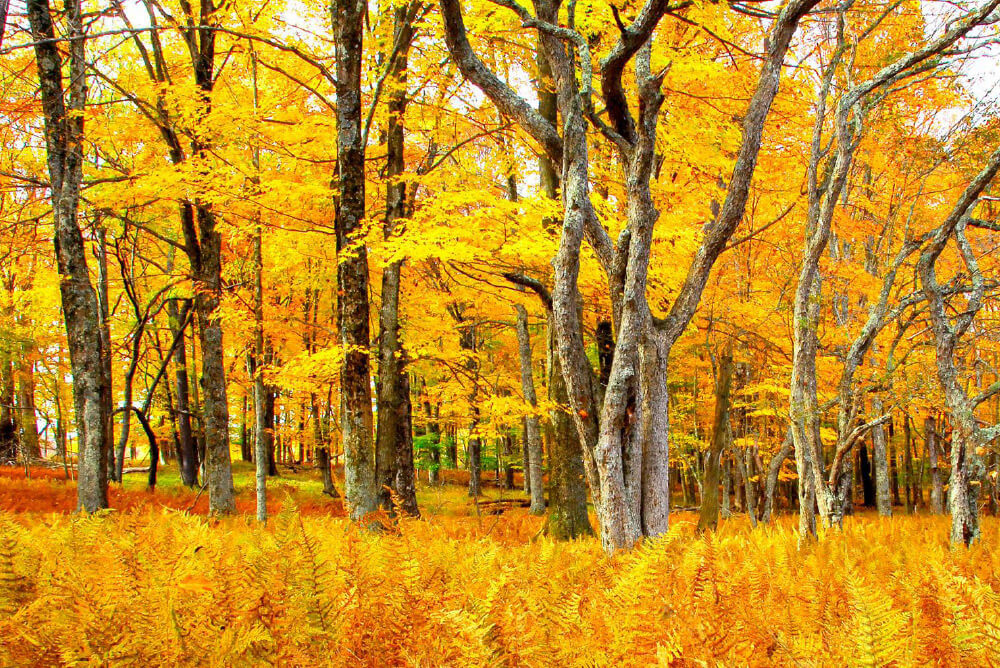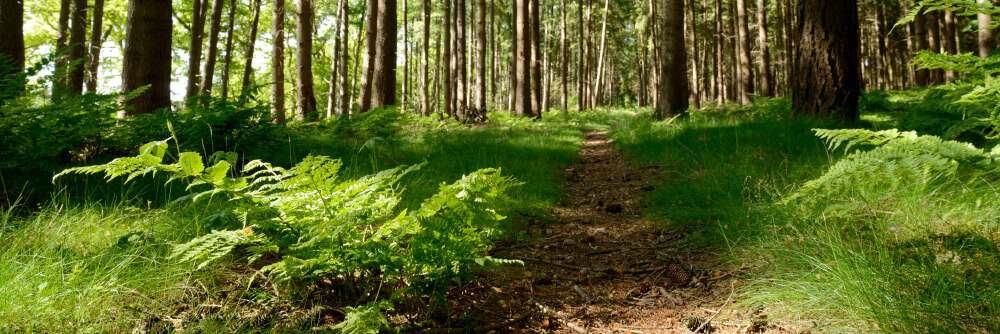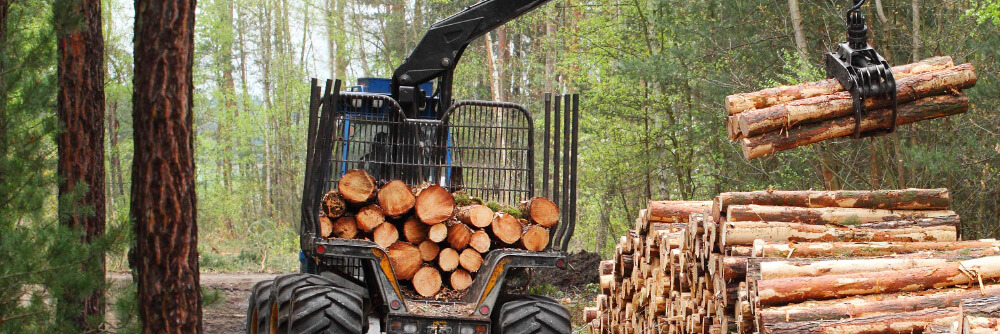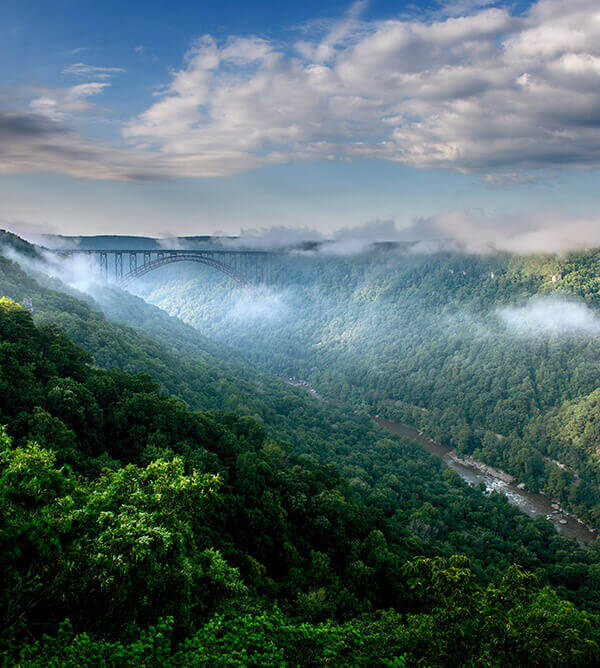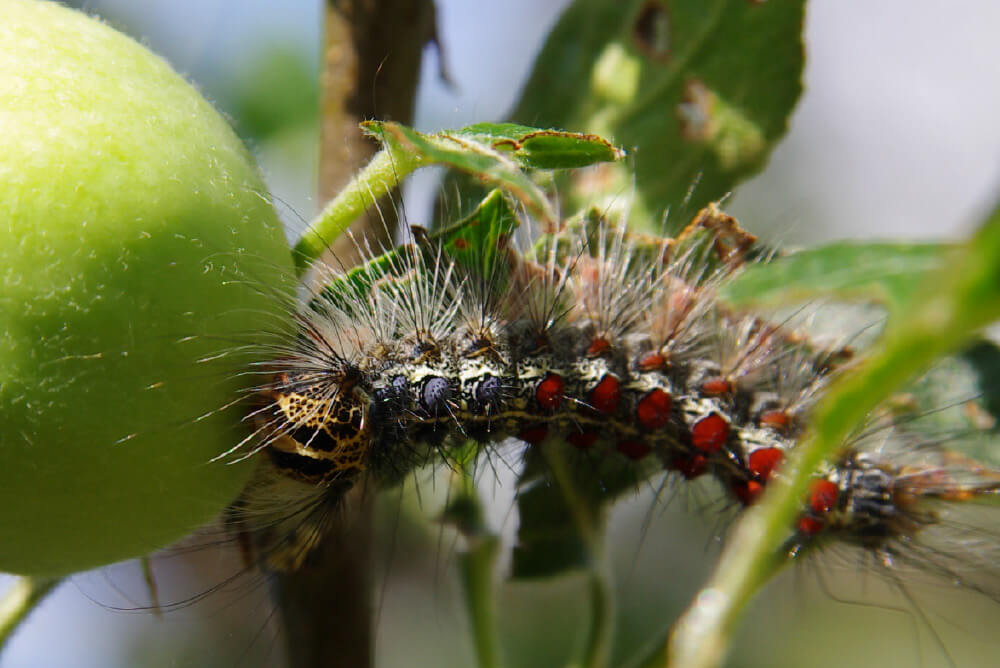West Virginia is considered the third most forested state in the country. The mission of the West Virginia Division of Forestry (WVDOF) is to protect and manage all State Forest resources through partnerships that emphasize a stewardship ethic. Most of the state’s roughly 12 million acres are held by private landowners, industrial lands and governmental entities. Within those lands stand more than 63,300 acres in the state forest system.
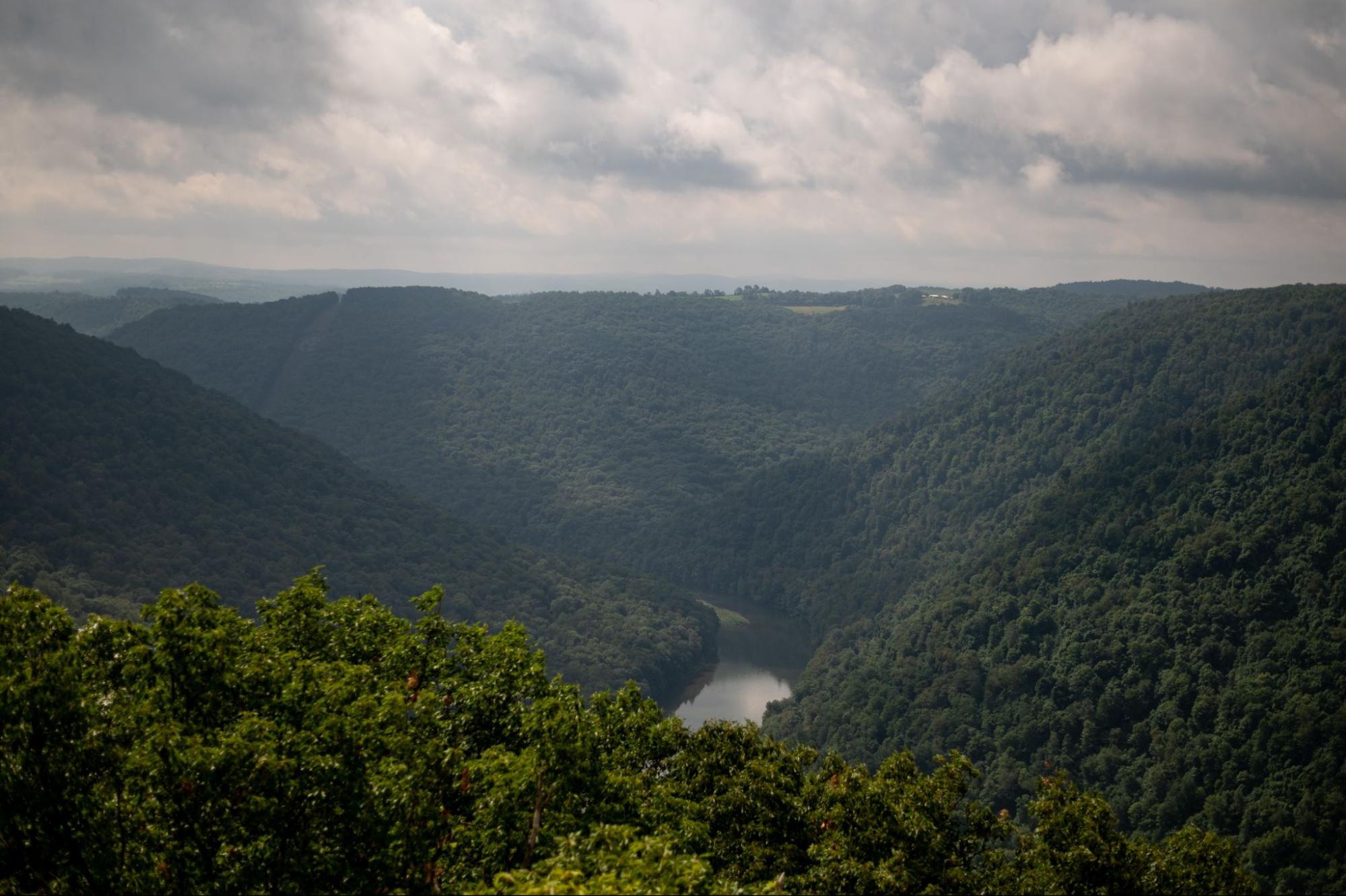
The state forests were developed through an act of the legislature (WV Code 19-1A-1), which says:
“The Legislature further finds that the State Forests are an important resource for silviculture and scientific research, developed and undeveloped outdoor recreation; propagation of forest trees, fish and wildlife; wildlife and fisheries management; aesthetic preservation; hunting and fishing; timber production; and demonstration of state-of-the-art forestry management and therefore should be managed on a multiple-use basis.”
Travis Miller is WVDOF’s State Lands program manager and, along with five other state land foresters, is instrumental in managing these state forest lands to meet forestry objectives and goals.
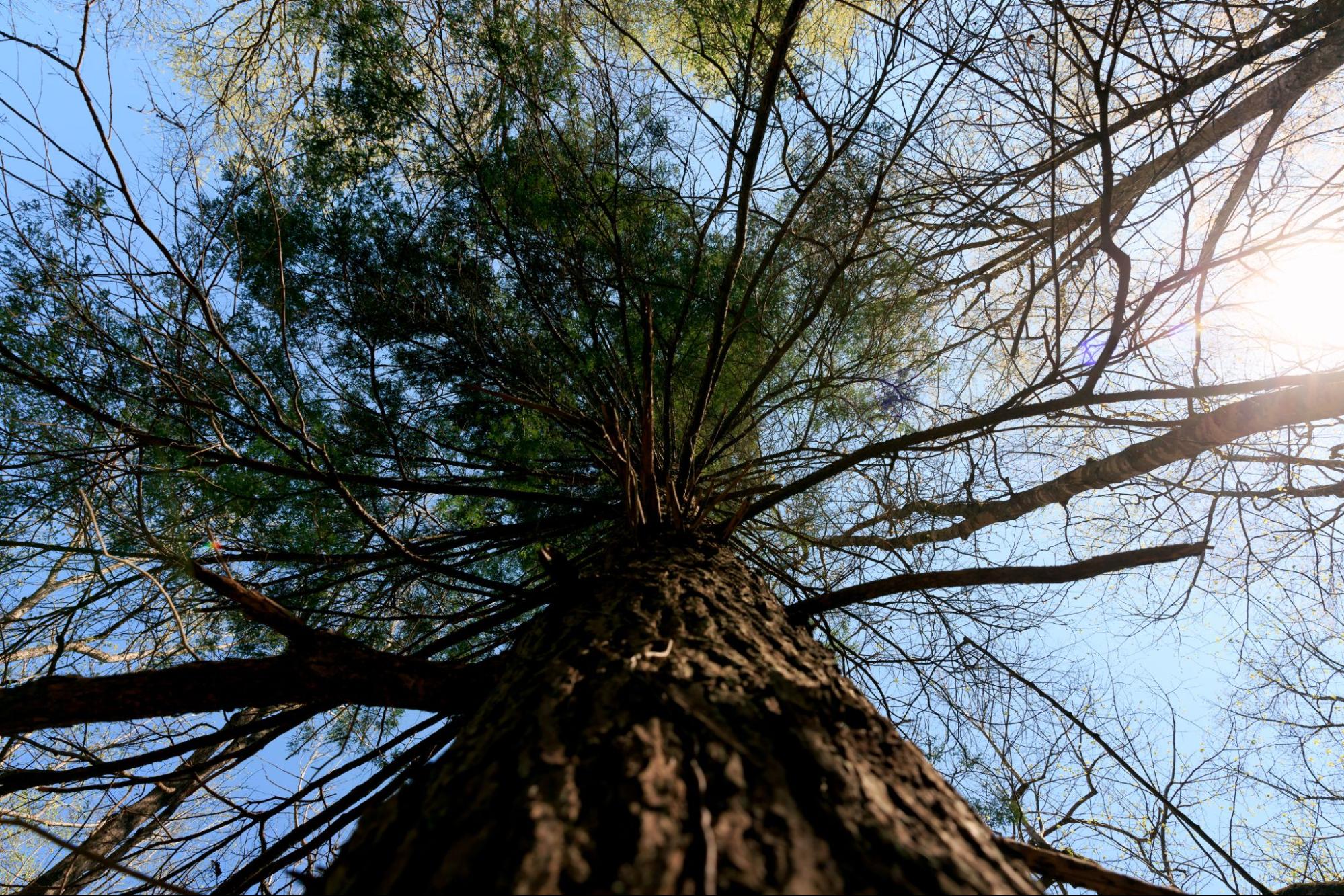
Multiple-use management focuses on making the most of the land’s resources to meet current needs, while considering long-term goals.
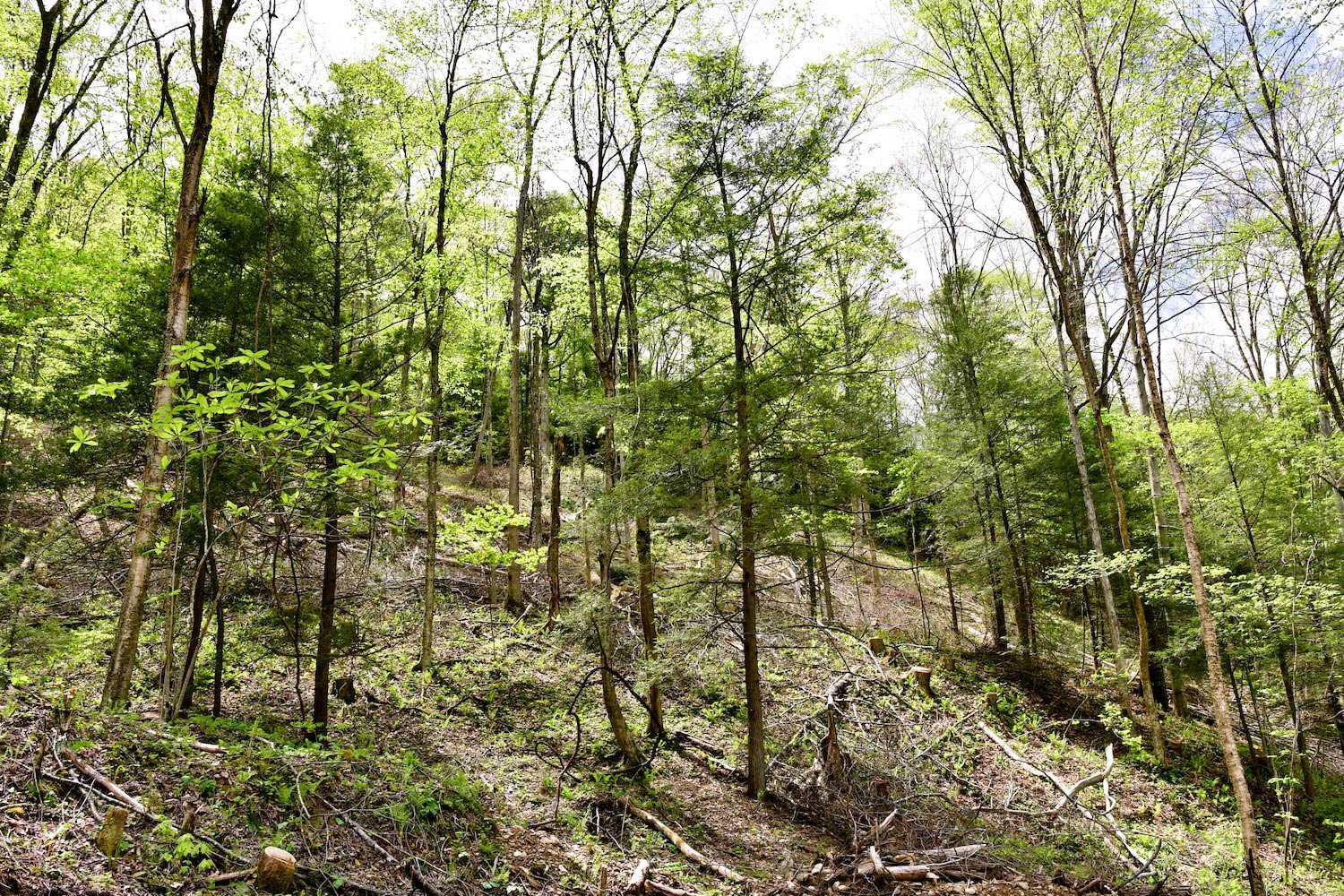
The current state forests that WVDOF manages are Cabwaylingo, Calvin Price, Camp Creek State Park and Forest, Coopers Rock, Greenbrier, Kumbrabow and Seneca State Forest.
The WVDOF doesn’t apply a one-size-fits-all approach to forest management; instead, it focuses on the unique attributes of each location.
Cabwaylingo State Forest is located on 8,123 heavily forested acres in southern West Virginia. The forest, located in Wayne County, gets its unique name from the four surrounding counties: (Cab)el, (Way)ne, (Lin)coln and Min(go). Cabwaylingo State Forests was one of the first state forests established in West Virginia, and for years has been a vacation retreat for many. For this forest, WVDOF focuses on active forest management and increasing wildlife management in cooperation with the local Ruffed Grouse Society chapter and Hatfield McCoy trails.
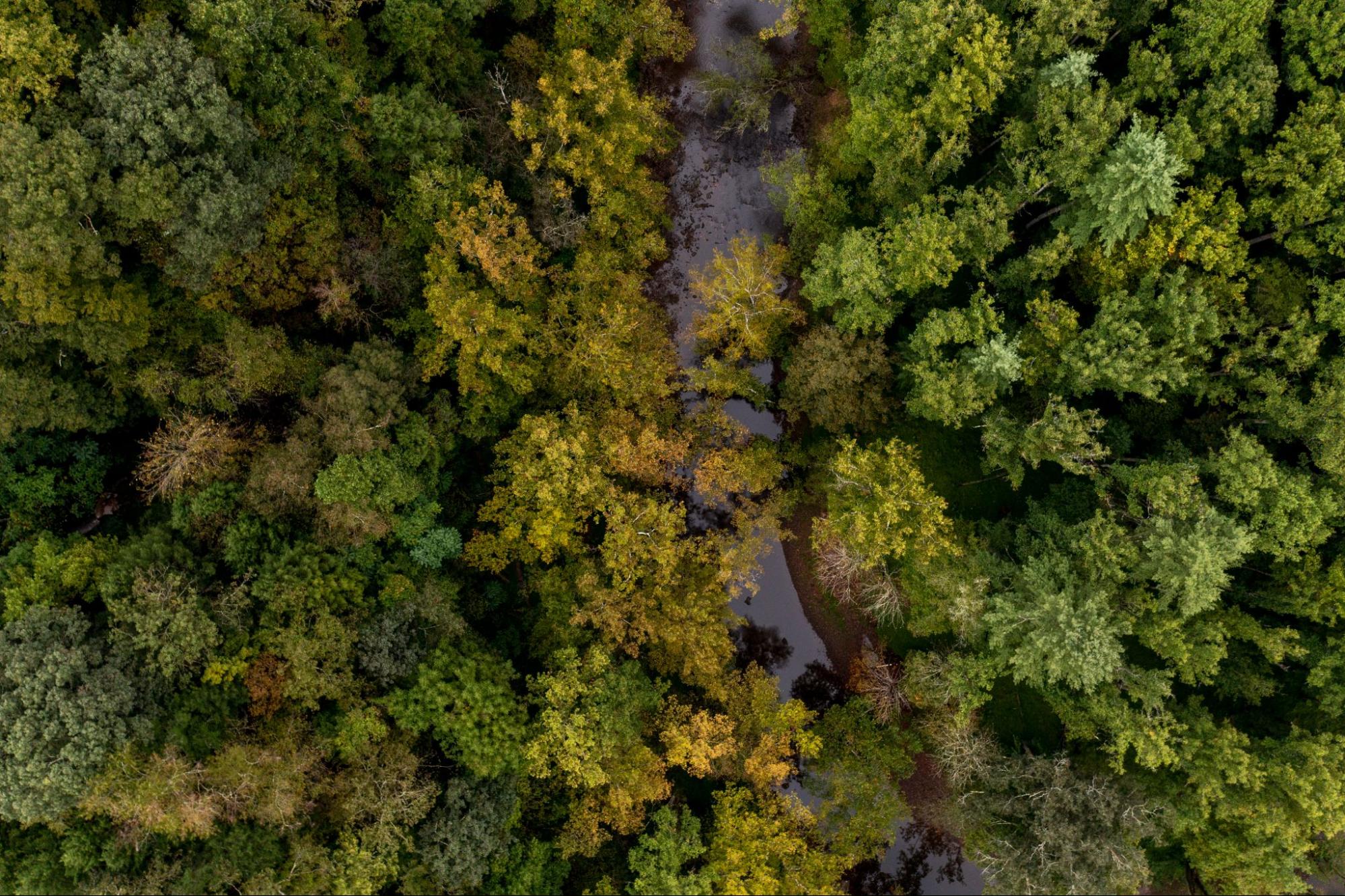
Located in eastern Pocahontas and Greenbrier counties, Calvin Price State Forest is covered in more than 9,000 acres of undeveloped mixed hardwoods and pine. The forest is named in honor of the late Calvin W. Price, a Marlinton newspaper editor who advocated for the purchase and designation of this area as a state forest. The WVDOF focuses on active forest and wildlife habitat management in cooperation with the West Virginia Division of Natural Resources Wildlife Resources Section (WV DNR). The WVDOF also uses prescribed fire as a management tool to increase oak regeneration.
Camp Creek State Park and Forest is known for beautiful waterfalls and great camping. With nearly 6,000 acres of lush forest, 35 miles of trails and seven miles of seasonally stocked trout streams, there is something for every hiker, biker, horseback rider and angler to explore and enjoy. WVDOF uses active forest management and silvicultural techniques to encourage growth. In cooperation with the WV DNR Wildlife Resources Section and West Virginia State Parks, WVDOF employs wildlife habitat management food plots for deer and turkey.
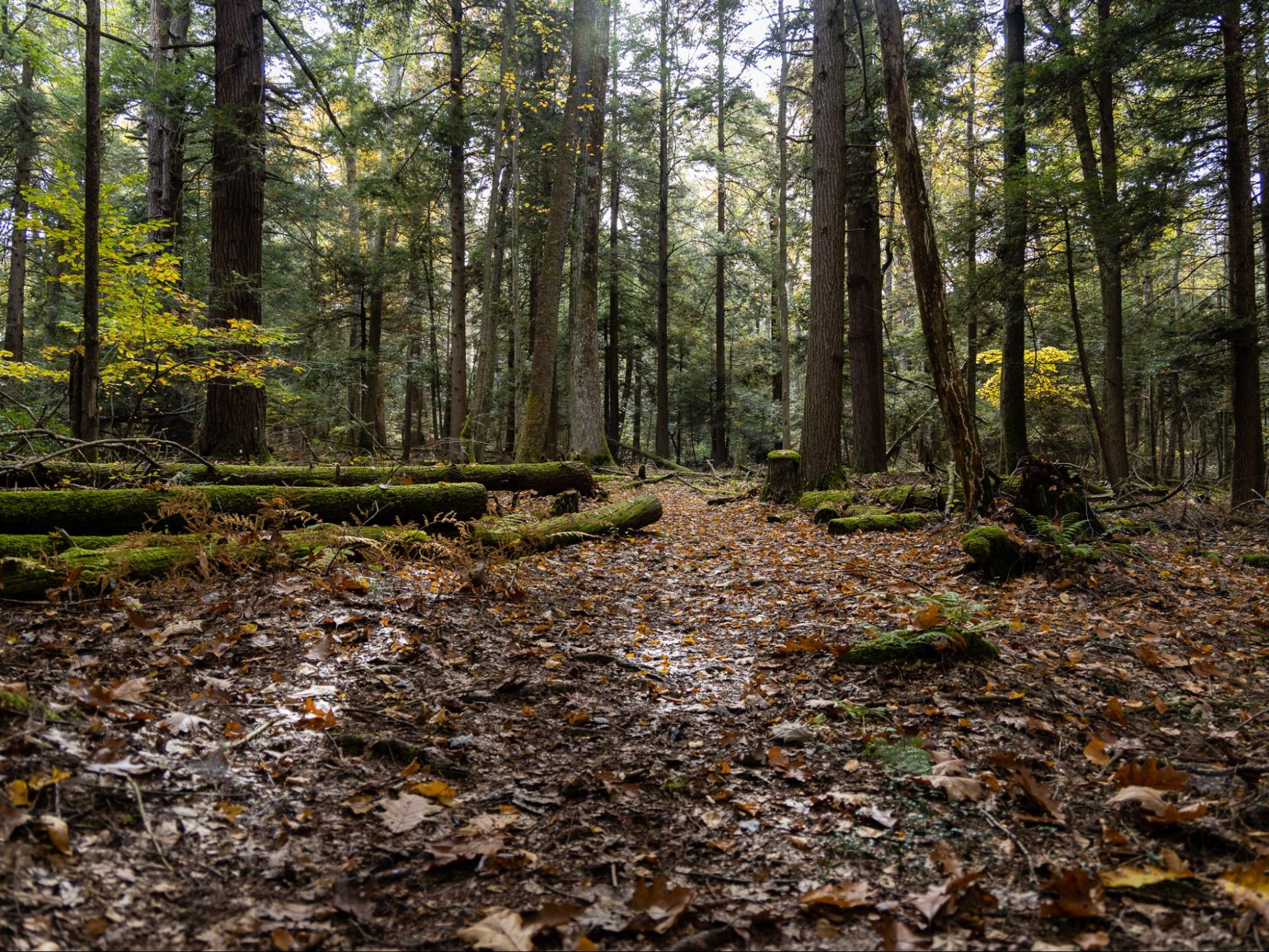
At approximately 12,747 acres, Coopers Rock State Forest is one of the largest in the West Virginia State Forest system. The spectacular scenic view from the Coopers Rock Overlook and the numerous hiking and biking trails make this State Forest, located east of Morgantown, one of the most visited areas in West Virginia. The north side of the forest is under lease with West Virginia University and is managed by them and the WV DNR Wildlife Resources Section. The forest’s south side is managed by WVDOF for future timber harvests and the WV DNR Wildlife Resources Section for the older deer management and turkey area.
Located in the southeastern corner of the state near the border of Virginia, Greenbrier State Forest encompasses 5,100 acres of forested, mountainous terrain. After spending the day hiking, biking and exploring nature’s playground, guests may relax in one of the forest’s completely furnished cabins or take a trip to the charming nearby towns of Lewisburg and White Sulphur Springs. The forest management goals are diverse. They are presently utilizing American Chestnut plantings to re-establish this species into the ecosystem and managing for white oak. Recreationally there is a push to establish mountain bike trails, and wildlife management in cooperation with WV DNR Wildlife Resources Section.
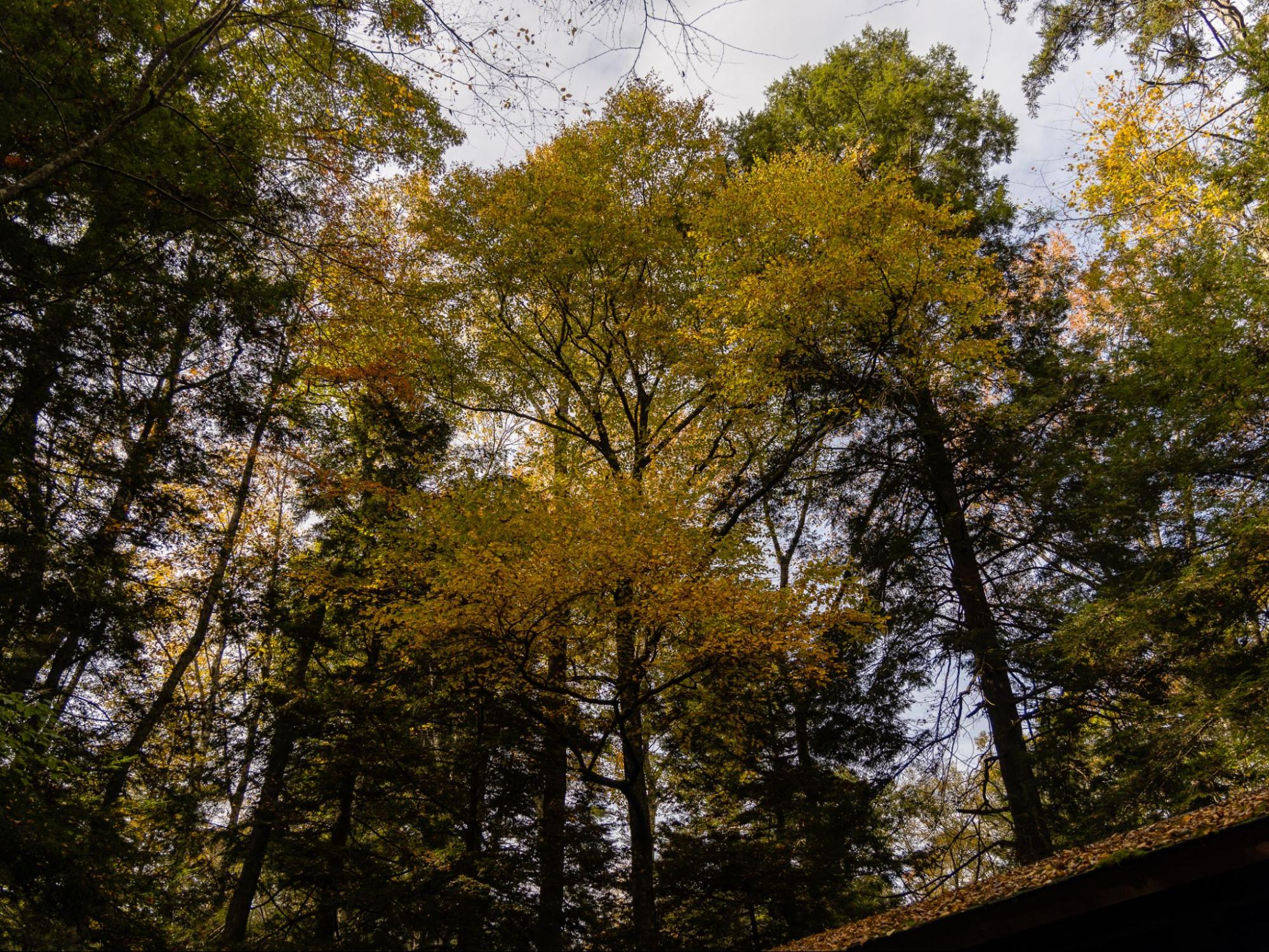
Located on top of Rich Mountain along the western edge of the Allegheny Highlands, Kumbrabow State Forest in Randolph County is West Virginia’s highest forest. With 9,474 acres of woodland at more than 3,000 feet above sea level, Kumbrabow is used for recreation, watershed protection, commercial forestry and wildlife management. State of the art forestry (doing more with different silvicultural techniques to best manage the forest for red spruce restoration. This effort is made possible by interagency cooperation with WV DNR, The Nature Conservancy, U.S. Forest Service, and Central Appalachian Spruce Restoration Initiative (CASRI) members. WVDOF also works closely with the WV DNR Wildlife Resources Section, using prescribed fire to manage wildlife brood habitats for turkey and grouse.
Seneca State Forest is West Virginia’s oldest and largest forest. Surrounded by nature in rugged Pocahontas County, Seneca offers peace and solitude for guests searching for a quiet getaway. Recreational opportunities abound in the forest’s 12,884 acres of lush woodlands. An additional roughly 3000 was added to the forest in the past years. While active forest and wildlife management are utilized in cooperation with the WV DNR Wildlife Resources Section the forest is also home of the Thorny Mountain fire tower now rented out by West Virginia State Parks.
What is the future of our state forests?
Our state forests will continue to be managed for multiple uses, providing quality timber, habitat diversity for game and nongame species and recreational opportunities.
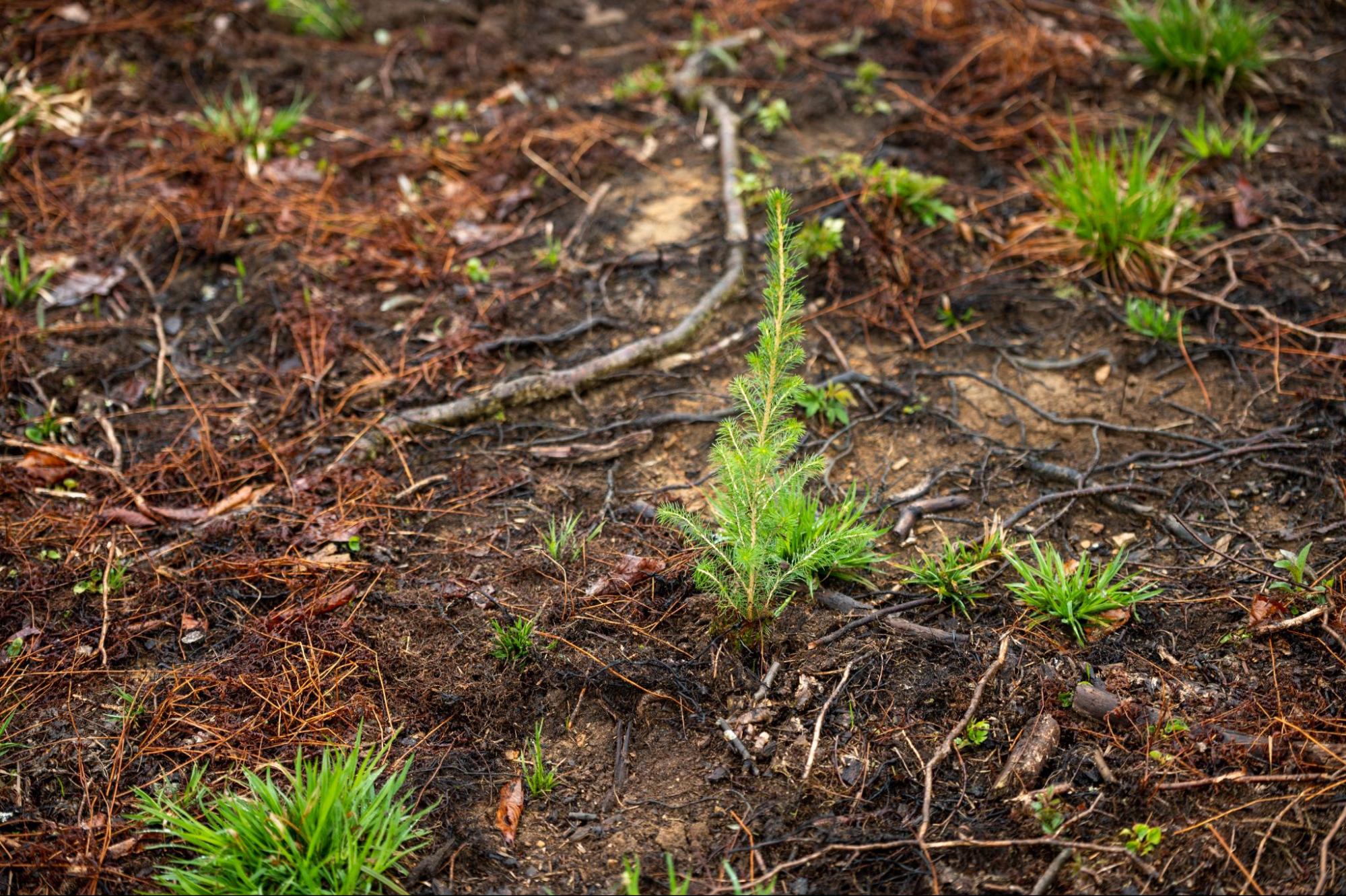
Why should you care about State Forests?
State forests were created for everyone and provide valuable natural resource conservation. Developed recreation is consistently increasing in demand as people continue to flock to West Virginia’s state forests. As the demand increases, finding a balance between the multiple uses for which the forests were established is imperative. No use is ranked higher than another, and a balance must be established to maintain our state forests as healthy “working forests.”
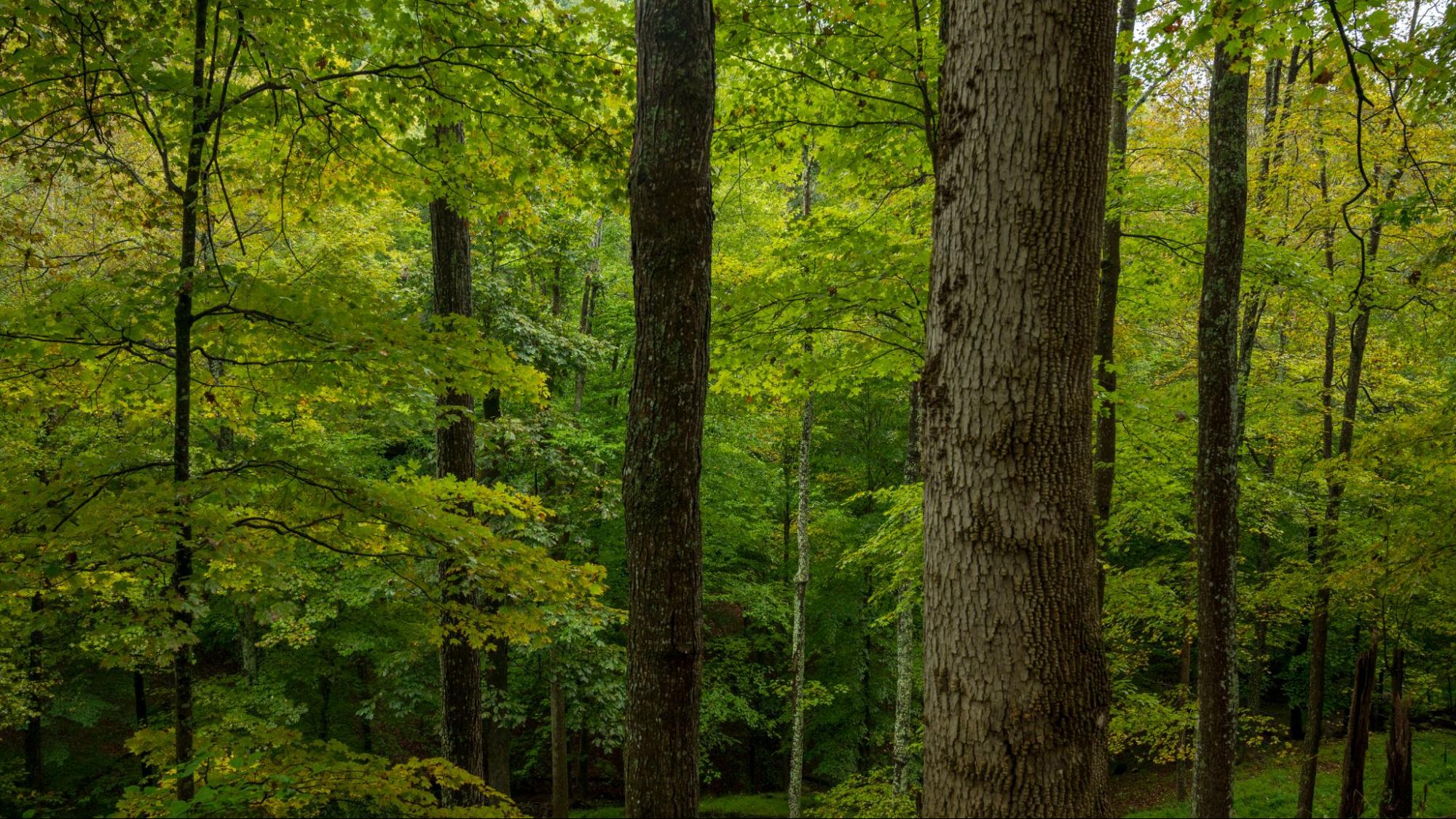
For more information about West Virginia’s State Forests can check out the WVDOF website at https://wvforestry.com/west-virginia-state-forests/
